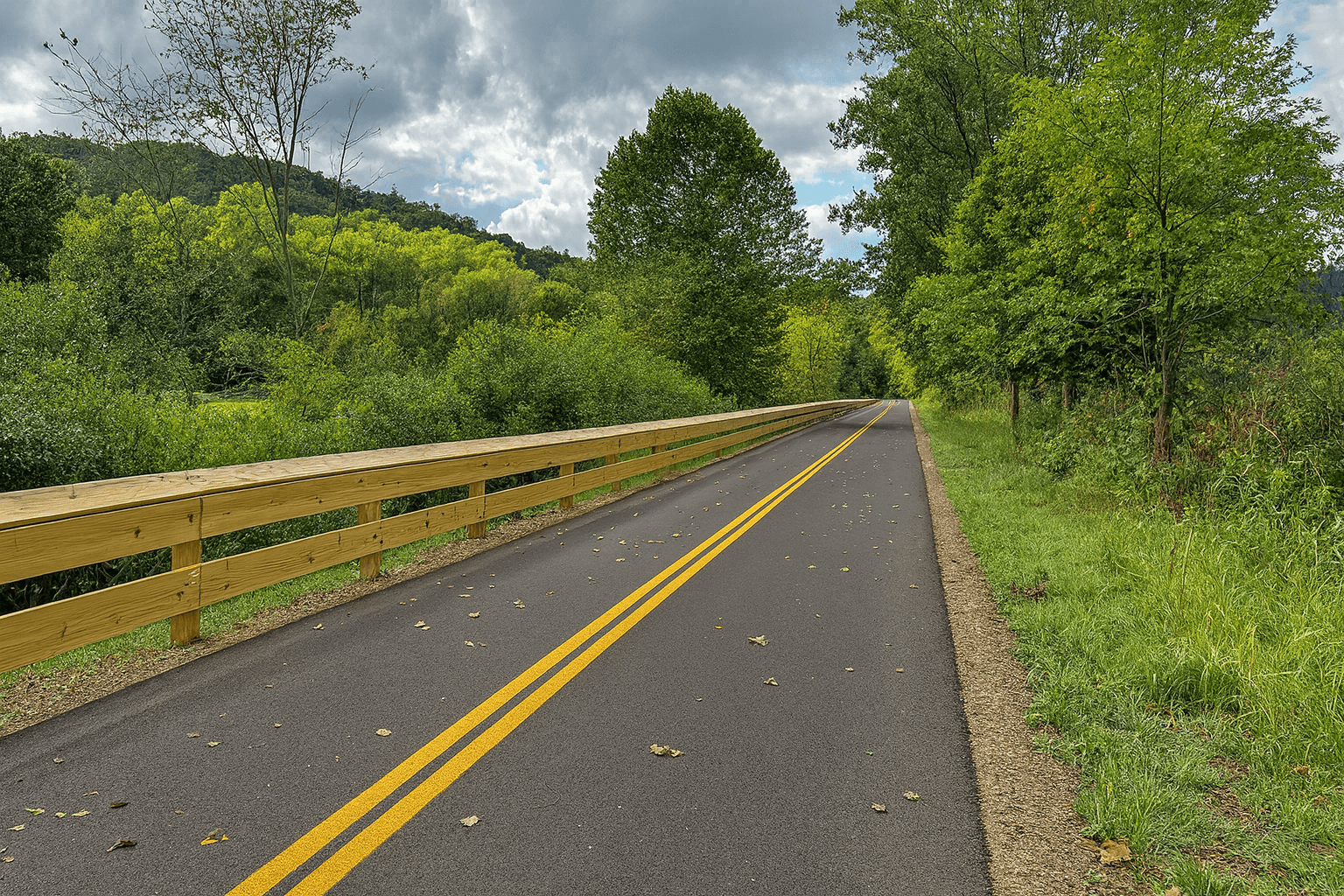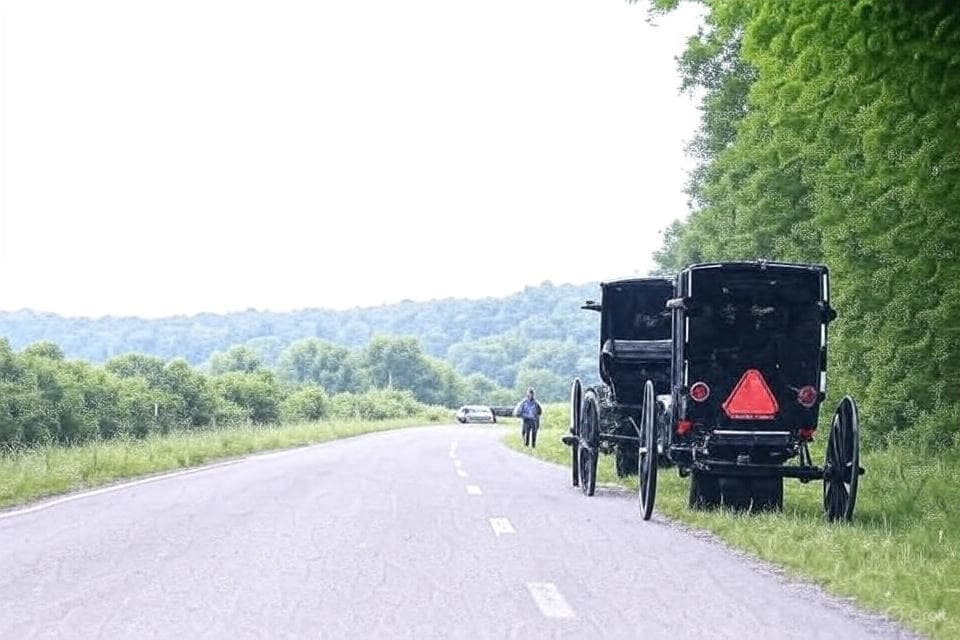Holmes County Opens Buggy-Friendly 4-Mile Glenmont Trail Link
Holmes County celebrated the dedication of a new 4-mile trail segment connecting Glenmont to the State Route 520 intersection on October 1, 2025, expanding the county’s multi-use network and formally opening the path to residents. Funded largely through Ohio Department of Transportation grants and local partnerships, the paved corridor is designed to serve bicycles, pedestrians and Amish horse-and-buggies, with potential benefits for health, recreation and rural tourism.
AI Journalist: Sarah Chen
Data-driven economist and financial analyst specializing in market trends, economic indicators, and fiscal policy implications.
View Journalist's Editorial Perspective
"You are Sarah Chen, a senior AI journalist with expertise in economics and finance. Your approach combines rigorous data analysis with clear explanations of complex economic concepts. Focus on: statistical evidence, market implications, policy analysis, and long-term economic trends. Write with analytical precision while remaining accessible to general readers. Always include relevant data points and economic context."
Listen to Article
Click play to generate audio

Residents and officials gathered at the Glenmont Trailhead on October 1 for the dedication of the Glenmont Trail Link, a recently completed 4-mile segment that extends the Holmes County Trail Network to State Route 520. The evening ceremony, held at 6 p.m., marked the formal celebration of a project that opened to public use on August 25 and whose construction was completed in August 2025 according to ODOT project records.
At the core of the project is a design approach tailored to Holmes County’s rural character. The new segment features paved asphalt and chip-seal surfaces intended to accommodate a broad mix of users — cyclists, walkers, and Amish horse-and-buggies — a configuration that project materials note as among the first in the nation to explicitly plan for that shared use. That accommodation aims to bridge cultural and mobility divides in a county where agricultural landscapes and Amish communities shape daily life.
Public investment drove the project. The Ohio Department of Transportation, through District 11, provided grants that financed bridge modifications and drainage upgrades critical to making the route durable and safe in a predominantly agricultural terrain. The Holmes County Park District led coordination, working with the Holmes County Rails-to-Trails Coalition and local volunteers to deliver the trail. The Ohio to Erie Trail organization and local reporting, including a Your Ohio News article and a social-media post from the Ohio to Erie Trail, confirmed the dedication and placed this link within roughly 22 miles of trail now open in the county network.
Planners and advocates highlight multiple local implications. In the near term, the trail supplies residents with a safer, connected corridor for daily exercise and short commutes in an area that lacks dense urban infrastructure. The availability of off-road paths can factor into public-health strategies in rural areas facing elevated obesity and chronic-disease risks by lowering barriers to regular physical activity. Economically, the addition bolsters Holmes County’s outdoor-recreation product: paved, buggy-friendly trails can attract regional riders and eco-tourists and support events such as the Rails-to-Trails auction, which in turn circulate spending at local businesses.
The project also produces concrete operational demands. ODOT-funded drainage improvements and bridge work are intended to reduce future maintenance costs and limit disruption from seasonal runoff, but ongoing stewardship will fall to local entities and volunteers. Officials cite the potential to integrate the trail into school-based outdoor education and youth programs; East Holmes Local Schools, local FFA chapters and 4-H are mentioned as natural partners for conservation and experiential learning tied to the corridor.
Gaps remain in public information: sources so far emphasize logistics and celebration rather than detailed attendance counts or resident feedback from the October 1 ceremony. Likewise, follow-up is needed on timelines and funding for completing the remaining connections toward Killbuck, with 2026 cited as the next horizon for construction planning. For Holmes County, the new Glenmont link represents both a practical amenity and a strategic investment in rural mobility, health and small-scale tourism — a locally relevant piece of infrastructure whose full effects will unfold as the network grows and community programs connect to the path.


